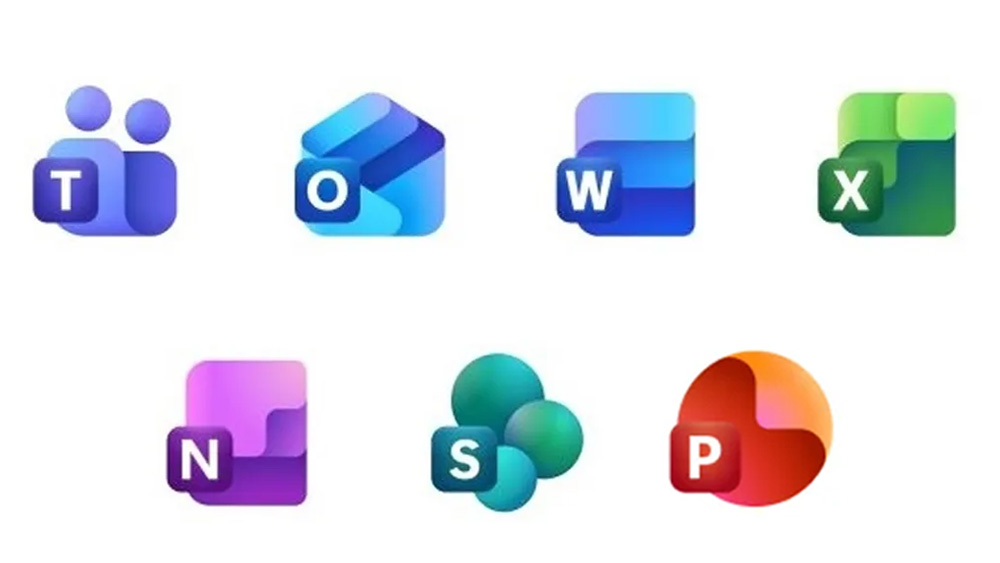The Subscription Shift: Garmin and Polar Join the Trend of Paywalls in Wearable Tech

In the ever-evolving realm of wearable technology, significant changes are afoot as both Garmin and Polar have recently announced the launch of new subscription services. Garmin, a name synonymous with fitness tracking and health technology, made headlines two weeks ago by introducing a premium tier within its Garmin Connect app. Until now, this app provided its users with a wide array of features including detailed metrics and personalized training plans, all at no cost. However, the introduction of premium AI summaries and other advanced functionalities now resides behind a paywall, prompting an outcry from loyal users. Many expressed their discontent on social media platforms and forums, with the term enshittification echoing across discussions, reflecting the rising frustration with shifting models in the tech industry.
Just days later, Garmin's competitor, Polar, announced a similar initiative with its own premium subscription known as the Polar Fitness Plan. Although Polar's offering lacks the AI features that Garmin is incorporating, it too demands payment for training plans that users previously accessed for free. This trend raises concerns among long-time users who have come to expect certain features without additional costs.
The shift towards subscription models in wearable technology is not an overnight phenomenon; it can be traced back to significant industry changes, including Apple's pivotal services event in 2019. During this event, Apple made a strategic pivot away from focusing solely on hardware sales, emphasizing a future built on service offerings. As both Garmin and Polar adopt subscription models, they risk alienating their core fan base, many of whom have traditionally supported their brands due to the absence of ongoing costs associated with ownership.
Comments from loyal Garmin users reveal a sense of betrayal; one user, aaronpfisher, noted, Garmins have always felt a little on the high side price wise, but it was justifiable as there was no ongoing cost. This sentiment highlights the growing unease among users who fear that a similar trajectory as other platforms like Strava could emergewhere the best features become increasingly inaccessible without a subscription.
Robbie Kellman Baxter, an expert in subscriptions and the author of The Membership Economy, offers insight into this consumer behavior. She indicates that customers often resist paying for features they once received for free, a trend reinforced by backlash against other tech companies. Instances such as Oura Health's subscription for its popular smart ring, or BMW's controversial monthly charge for heated seats, exemplify widespread consumer dissatisfaction.
As we look ahead, the reality is that subscription models may become increasingly prevalent. The financial viability of hardware sales alone is waning, especially with the looming impact of President Trump's tariffs, which analysts predict will only exacerbate price increases across the board. Such a scenario might drive consumers to hastily purchase devices before prices rise further, yet it could also lead them to retain their current devices for longer, thereby reducing overall purchasing frequency. In such a climate, charging for software services appears to be a strategic pivot for manufacturers seeking sustainable growth.
Baxter elaborates, If hardware becomes more expensive, software will be a way for hardware companies to grow, suggesting that companies might shift their focus towards software development. This could result in a manufacturing shift aimed at creating durable products designed for longevity and adaptability, allowing for more revenue generation through software updates rather than relying solely on hardware sales.
However, the pressing matter remains whether consumers will find value in these new subscription offerings. History has shown that simply introducing new features without clear value can alienate loyal customers. The attempt to enhance Strava's subscription service with AI features faced criticism, with users describing it as unhelpful and trivial.
In conclusion, the trend towards subscription fatigue is unlikely to abate in the immediate future. As the wearable tech landscape continues to transform, consumers will need to navigate the complexities of what they are willing to pay for, while companies strategize on how to present their offerings as indispensable.























